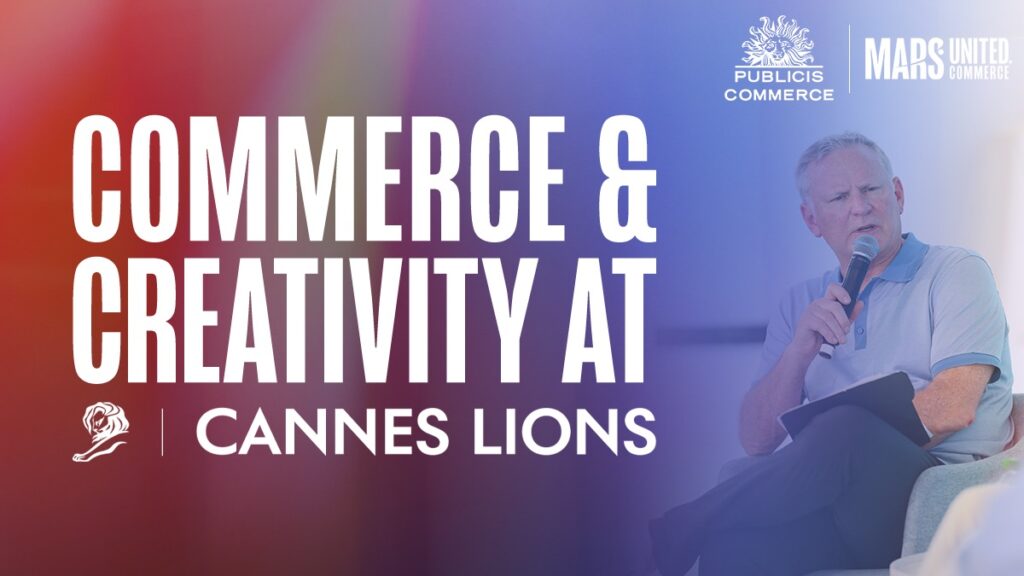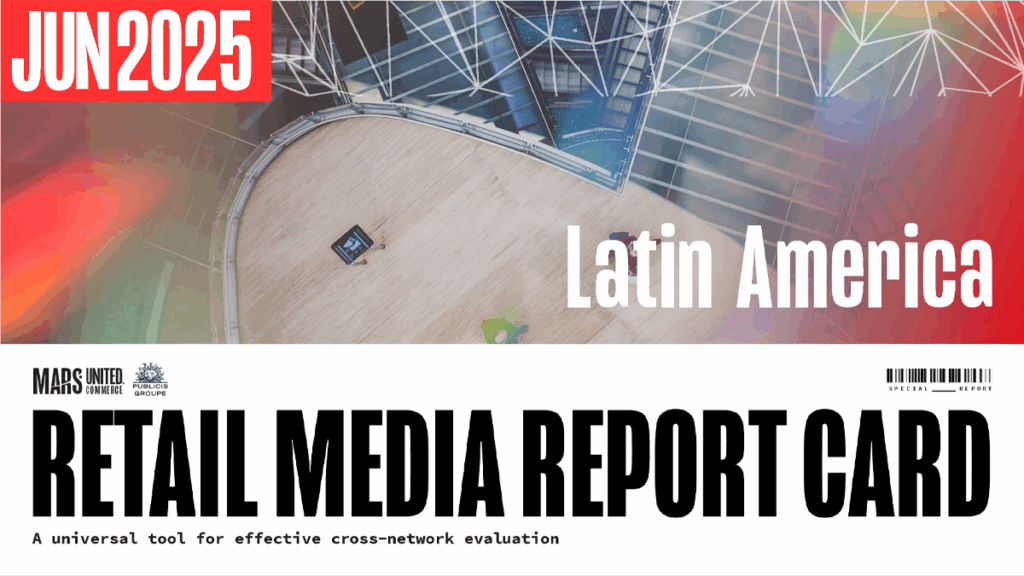The Mars Agency presents a recap of the sights, sounds, and autonomous vehicles that caught our attention at CES 2023.

Great news for anyone in the market for an autonomous lawnmower: You have plenty of options.
Here are some other no-longer-futuristic product categories that apparently already require a Consumer Reports “10 Best” list to shop: autonomous vehicles, smart toothbrushes, robotic home life assistants/family companions, anti-snoring devices and need-detecting baby monitors
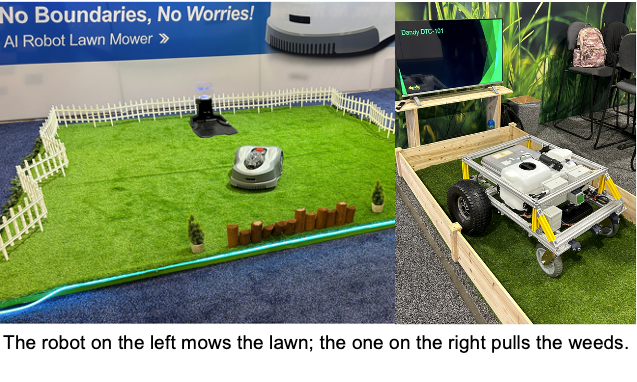
And if you’re simply shopping for a device that will help track your health in real time, you’ll need to set aside an entire weekend: It might be only a slight exaggeration to say that any product that you currently own can be replaced with a new, technology-enabled version that can monitor your well-being: watches, shoes, mirrors, toilets, bassinets, glasses, plush toys, automobiles and yes, even shopping carts.
If there was one key takeaway from CES 2023 in Las Vegas in January, it wasn’t the abundance of impressive and occasionally astounding technology solutions that are now available (or soon could be); by now that’s a given at this event. Instead, it’s the fact that so many of these concepts already have a competitive marketplace. (In-home devices that remove moisture from the air to make water? We even saw two of those.)
Nearly every technology is now smart, chargeable, wireless, sustainable, and connected (or at least connectable). And along with their primary function, they’re almost all designed to also make humans smarter, faster, healthier, happier, and freer in both time and worry. (And if it’s available for you, good chance there’s one for your pet, too.)
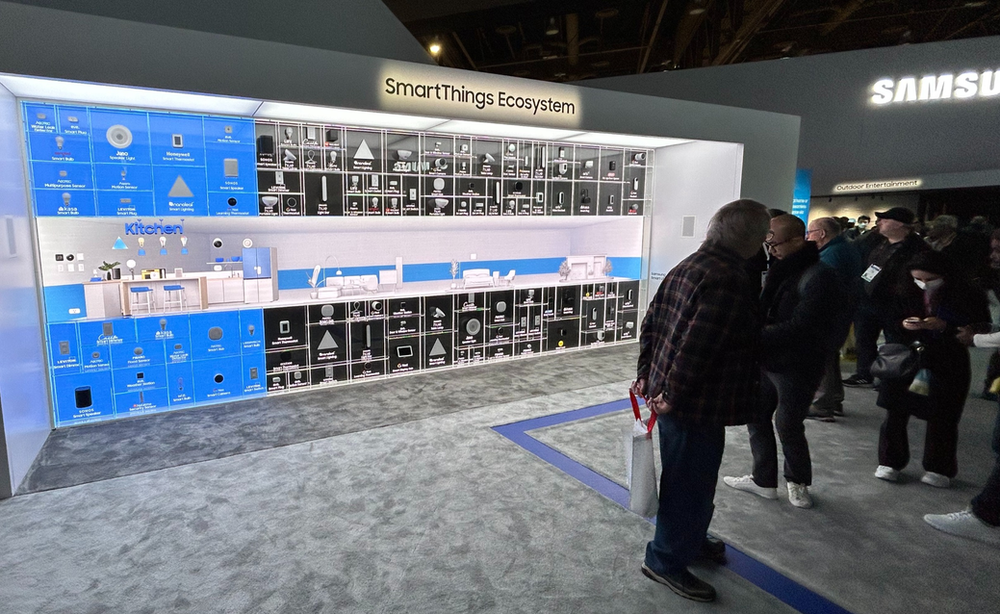
Not that all of these life-enhancing gadgets will catch on: One of the most entertaining exhibits at the show was new-product testing site Prelaunch.com’s Gallery of Flops (which include BIC’s circa-1990 disposable perfume dispensers). And, to be perfectly clear, humanity will probably get along just fine in the future if some of them don’t. (Do we really need to share successful tooth-brushing moments with friends? And if we do, can’t we just share them on TikTok?)
But there also were a lot of really cool ideas on display, from both massive global corporations and dollar-and-a-dream entrepreneurs, that will enhance our lives — that is, once we sort through the options, save the money to buy them, and figure out how to use them properly. (Despite all the advancements, some aspects of the shopper journey will always stay the same.)
The following is a visual overview of some of the more interesting —or just odd — products that caught our attention during the five-day CES 2023 event, followed by a quick recap of C Space, the advertising industry’s concurrent “show within a show.”
Slide Show: New Tech Spotlight
____________
C Space Recap: Measuring the Possibilities
Amidst all the driverless vehicles, robotic home companions and wearable health monitors, it seemed a bit odd to attend a marketing conference — despite technology’s ever-increasing role in shaping and facilitating both shopping and shopper engagement — and despite the fact that numerous exhibitors across CES’s two trade show locations were offering the tools needed to harness the tech trends being discuss on-stage.
Those trends included the usual suspects, such as artificial intelligence, AR/VR, the metaverse and voice/podcasts, along with the newest topic of conversation: ChatGPT. And while not featured as prominently as at other recent events (like Advertising Week, Groceryshop and Commerce Week), retail media and on-demand delivery were still a healthy part of the discussion. Here’s a quick recap:
Artificial Intelligence: QR codes (or other links) providing access to a product’s complete supply chain history will be a future component of all packaging, predicted Lindsey Hermes, Global Commercial Director for Digital Solutions at Avery Dennison. Why? Because 71% of consumers say they’ll pay a premium for that level of traceability, she said.
The use of AI to fuel both back-end shopper understanding and customer-facing communication tactics (like the ones discussed below) are now ”table stakes” for marketers, according to Deborah Weinswig, CEO of Coresight Research.
Diageo even bought its own AI company, which internally lets the spirits maker digitize tasks such as creating marketing profiles but externally helps them “be more authentic with our customers,” said William Harvey, Global Digital Innovation Manager.
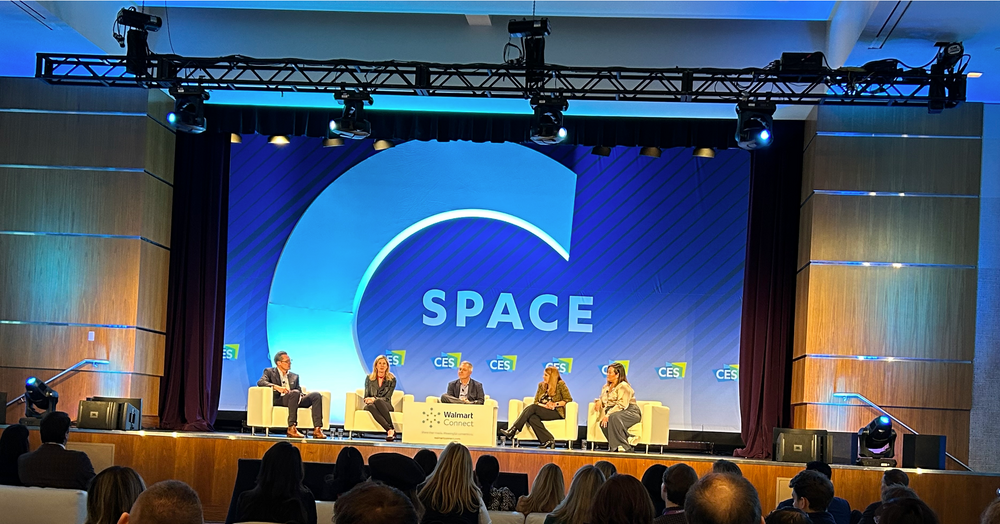
Metaverse: There were some mixed feelings expressed about how great an impact the metaverse will have on the marketing industry (and the world), and especially about how long it will take adoption levels (beyond gaming platforms) to reach the scale needed to make this a mass medium.
In the meantime, brands should consider whether the metaverse can provide opportunities for community building that will deepen relationships with consumers — assuming that an immersive 3D environment will truly make “the experience more compelling,” advised Jamie Moldafsky, Chief Customer & People Officer at Nielsen.
But metaverse use cases go well beyond consumer engagement to encompass all aspects of business and society. On the free Nvidia Omniverse platform, someone is creating a digital twin of Earth in order to predict future weather patterns; there’s also a brain surgery simulator, noted Danny Shapiro, Nvidia’s VP-Automotive. “Education and learning will change to unrecognizable levels,” predicted J.R. McCabe, Chief Business Officer of Consumer Products at Sinclair Broadcast Group.
Slide Show: Data Points, Notable Quotes
____________
AR/VR: Before the world moves into the metaverse, though, brands should continue exploring the monetization of Web 3.0 through augmented and virtual reality activation, according to several speakers.
Walmart, for one, continues working with AR/VR to deliver shopper solutions, like letting “Shopper Mom” scan a QR code to “try on” blouses rather than dragging her three kids into the store fitting room. But they’re also looking to drive efficiency elsewhere, like giving employees store-specific instructions on setting up product displays, explained Cheryl Ainoa, the retailer’s SVP-New Business & Emerging Tech.
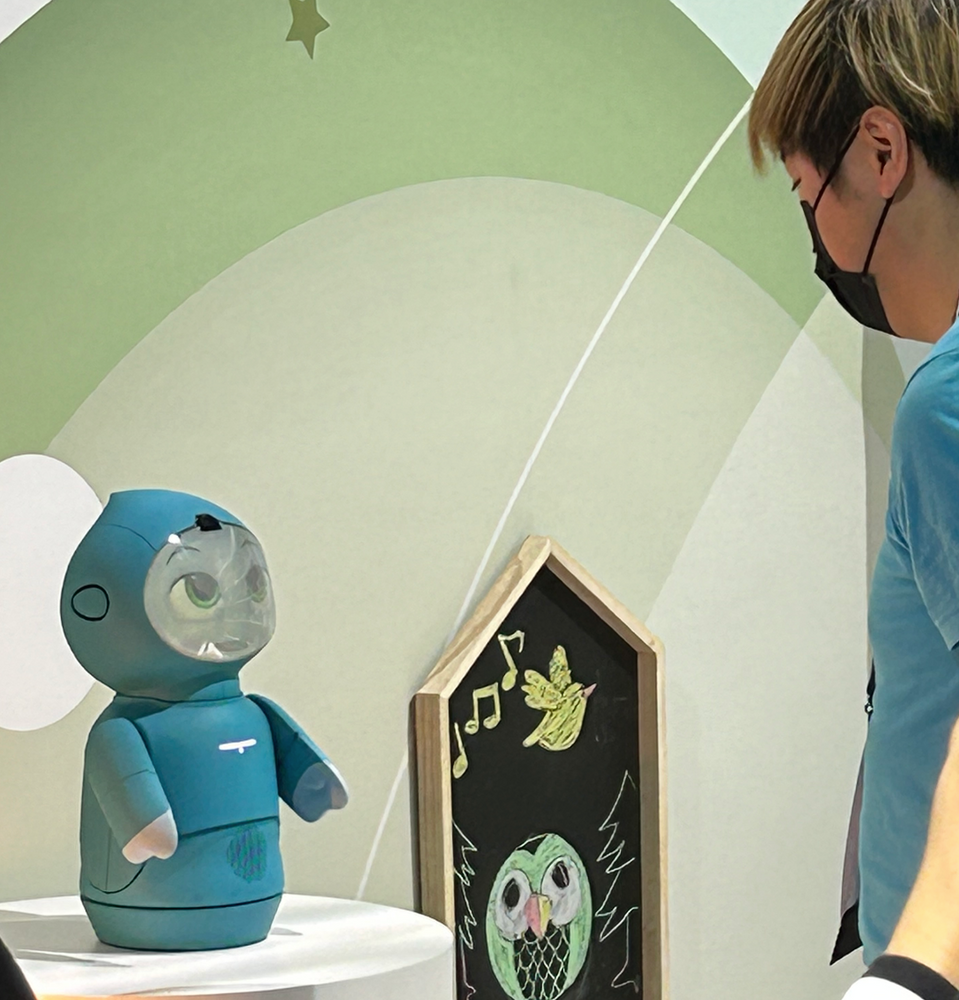
Voice/Podcasts: While visual media continues to get most of the attention, consumers are spending one-third of their media-consumption time “listening,” according to Gayle Troberman, CMO of iHeartMedia.
More specifically, podcasting is “exploding right now” because it attracts a young, diverse audience who find the format “honest, authentic, and less-produced,” said Troberman. It also delivers lower levels of ad-skipping ads than any other medium, she claimed.
With Siri and Alexa needing to make room for a forthcoming flood (according to the CES show floor) of voice-activated devices — including homes and automobiles — it might be time for brands to “Close your eyes and ask, ‘What does our brand sound like?’” suggested Paul Suchman, CMO of audio content developer Audacy
ChatGPT: “I asked ChatGPT what I should talk about before I got up here, and it wasn’t far off the mark,” laughed Brian Buckley, NASDAQ’s CMO, while speaking on a panel about the tech tools that are “Now Required Knowledge for CMOs.”
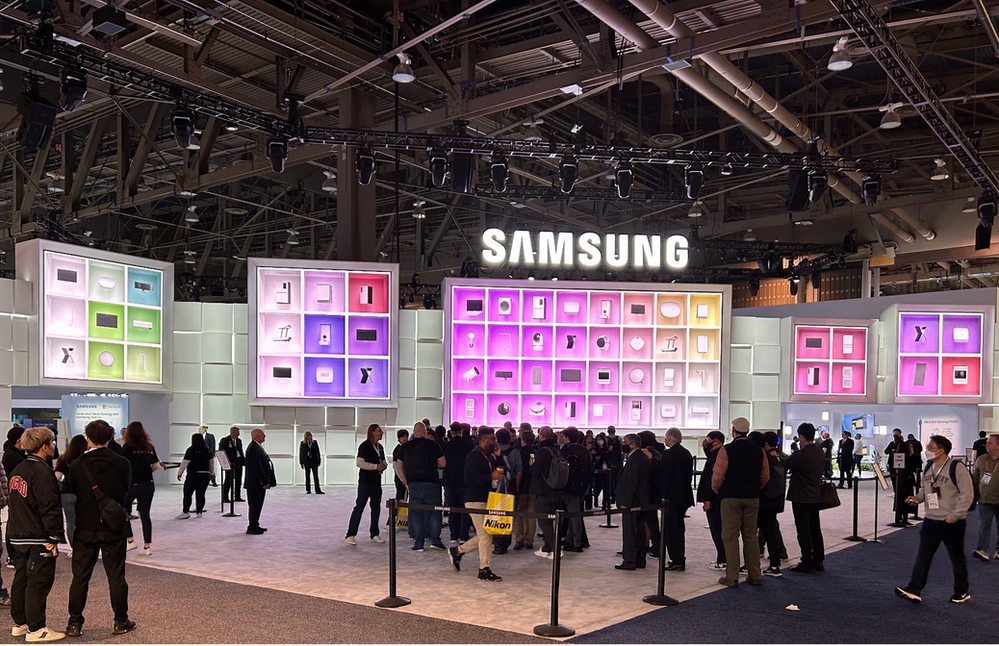
“We’re working on it right now,” said Dominique Essig, GM-VP of Conversational Commerce at Walmart, when asked what the retailer’s ChatGPT strategy will be. As always, Walmart’s focus will be identifying the shopper pain points that can be solved through the technology.
Retail Media: Albertsons Media Collective used the C Space stage to unveil a data alliance that makes the network the first partner for Pinterest’s new LiveRamp-operated clean room. The agreement will let select advertisers securely tap into Albertsons’ shopper data to reach targeted Pinterest users. “While our initial test pilot focuses on enabling closed-loop measurement, this partnership will ultimately provide our team a more holistic view of our customers’ digital footprint to unlock more advanced measurement capabilities, Kristi Argyilan, AMC’s SVP of Retail Media, said in a release.
Meanwhile, Meta and IRI unveiled a partnership that will let marketers measure the in-store sales impact of retailer-specific digital campaigns running on Facebook or Instagram via IRI’s Ansa analytics platform. “This is critically important for informing how to most effectively plan and optimize Meta buys as part of our media mix,” Stephanie Pegler, PepsiCo’s eCommerce Marketing Director, said in a release.
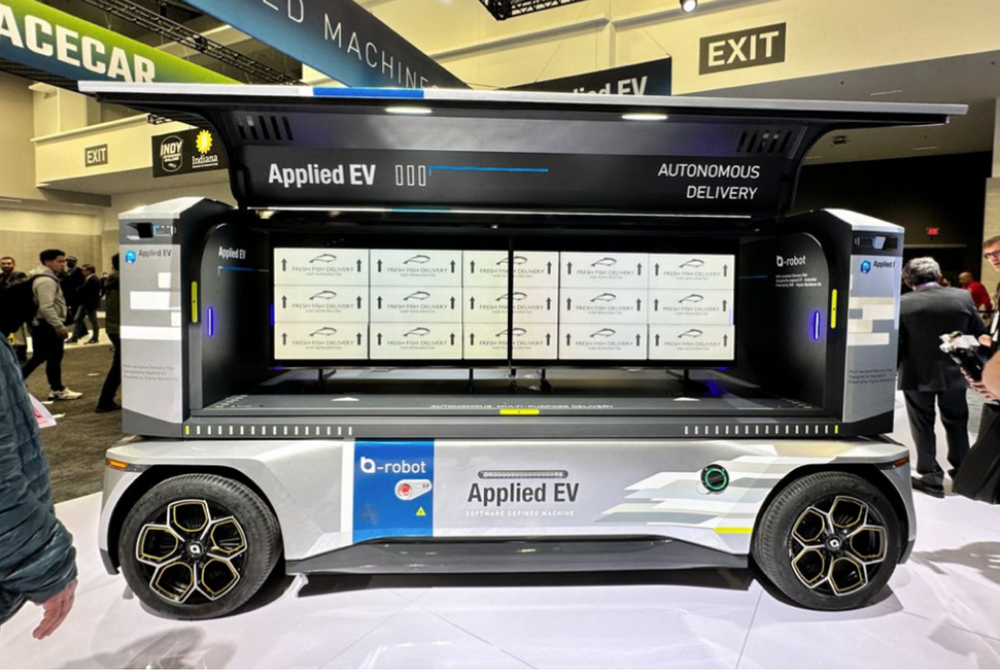
On-Demand Delivery: Although Instacart had a prominent booth outside C Space’s main conference room (to showcase its Caper smart shopping cart), there wasn’t much talk of on-demand on the stage.
While speaking on a panel about “Building Connection & Community,” Instacart CMO Laura Jones discussed the delivery company’s efforts to use the shopping behavior insights it collects to inspire customers, and to build content partnerships with third parties like TikTok to create full-funnel solutions for advertisers.
But there was an abundance of autonomous delivery options available on the show floors, ranging from numerous single-order drones and robots to a mini-van-sized vehicle from Applied EV (at left) that could serve as a mobile Amazon Locker destination.
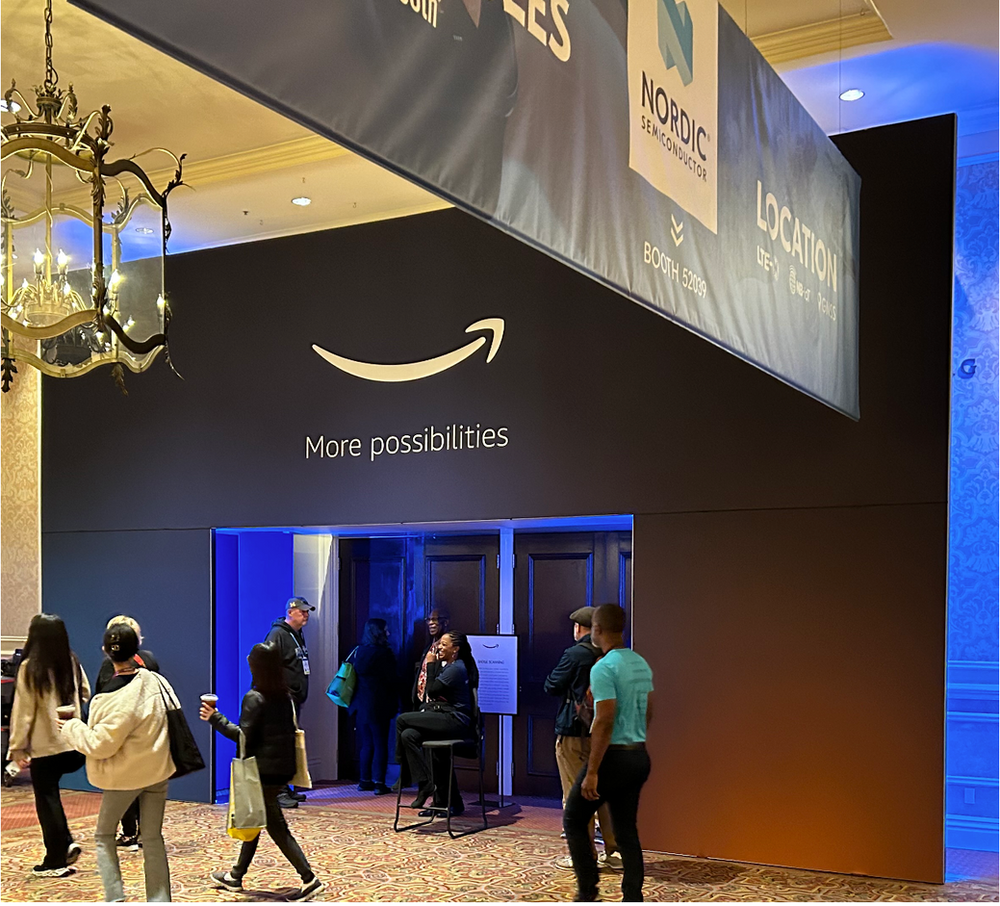
Measurement: Asked what technology would be most important to the advertising world in 2023, two of four panelists on the aforementioned CMO panel simply stated “measurement.” (iHeartMedia’s Troberman did the same thing later.) While no specific tools were mentioned, the understanding that evolving technology is making it easier for marketers to understand and influence their audiences was abundantly clear.
Given the C Space’s “above the line” advertising slant, discussions about the inefficiency of measuring reach and frequency in a performance-driven marketplace was a popular topic. As at those other events mentioned earlier, “attention” was again recommended as a better metric for understanding audience engagement. Speakers warned, however, that simply tracking the length of time someone stares at a screen doesn’t necessarily measure their “attention” to the advertising messages in a meaningful way.
And while there wasn’t as much discussion about retail media providing the closed-loop attribution needed to truly understand business results, that potential was again expressed in at least a few cases.
For its part, Albertsons Media Collective is working to help standardize measurement across the marketplace “to ensure that the media is actually driving value,” said Claire Wyatt, AMC’s Head of Business Strategy & Marketing Science. “Measurement and benchmarking are going to be the key factors in moving this industry forward.”
Along with all of those autonomous electric vehicles now available, of course.
Videos
LG Electronics’ Giant Screen Display
SK Group’s Climate Change Warning

